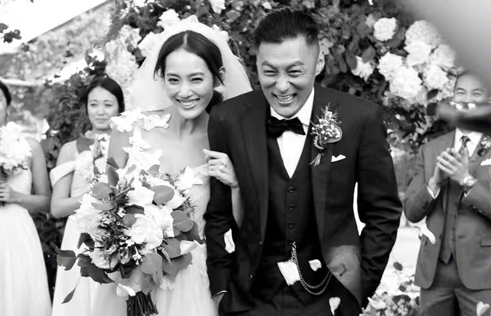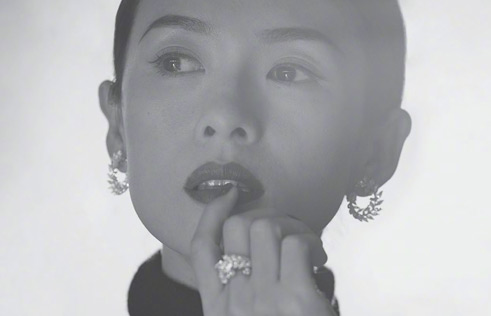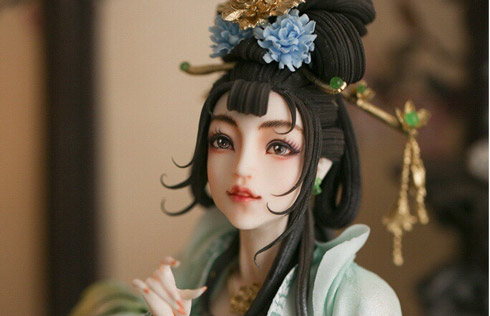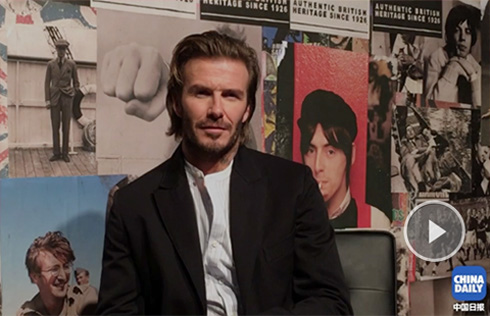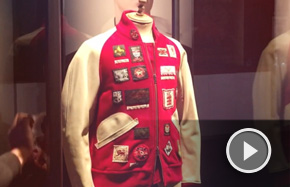Well-funded Xinhai Revolution Museum to open in October
2011 is the 100th anniversary of the Xinhai Revolution. The Guangzhou Xinhai Revolution Museum, with investments totaling 226 million yuan, is now under construction and will open Oct. 10.
The Xinhai Revolution, also known as the Revolution of 1911 or the Chinese Revolution, began with the Wuchang Uprising on October 10, 1911 and ended with the abdication of Emperor Puyi on February 12, 1912. The primary parties to the conflict were the Imperial forces of the Qing Dynasty (1644–1912) and the revolutionary forces of the Chinese Revolutionary Alliance (Tongmenghui). The revolution is named after in the sexagenary cycle of the Chinese calendar; the Xinhai Year.
According to Huangpu District of Guangzhou on March 17, Huangpu District will publicly solicit names for the roads surrounding the museum in order to promote the public image of the museum.
The Guangzhou Xinhai Revolution Museum is a special national museum built to commemorate the Xinhai Revolution led by Sun Yat-sen. The museum is located on Changzhou Island of Huangpu district, Guangzhou, which is also home to the Whampoa Military Academy and many historical and cultural relics, such as the Monument of the Northern Expedition and the Changzhou Gun Emplacement.
After the completion of the Xinhai Revolution Museum, it will join Changzhou Island, the Huanghuagang Mausoleum and the Guangzhou Uprising Museum to make up an architectural complex to showcase China's Modern revolutionary historical process.
The museum covers a total area of 18,000 square meters and includes 13,200 square meters of exhibition area, 1,000 square meters of selected materials, 1,800 square meters of technical and operational office sections and 2,000 square meters of visitor service and supporting facility sections.
To promote the popularity and public image of the Guangzhou Xinhai Revolution Museum, Huangpu District is publicly soliciting names for the roads on the eastern, southern and western sides of the museum, hoping that the road names should convey the historical and cultural essence as well as characteristics of the Xinhai Revolution, highlight the features of the Changzhou Island and be rich with individual characters.
Furthermore, the museum is also busy collecting cultural relics. Under the support of the people from all circles of life, the museum has collected several historical relics that are of high value. The display outline for theme and special exhibitions has generally been completed.



